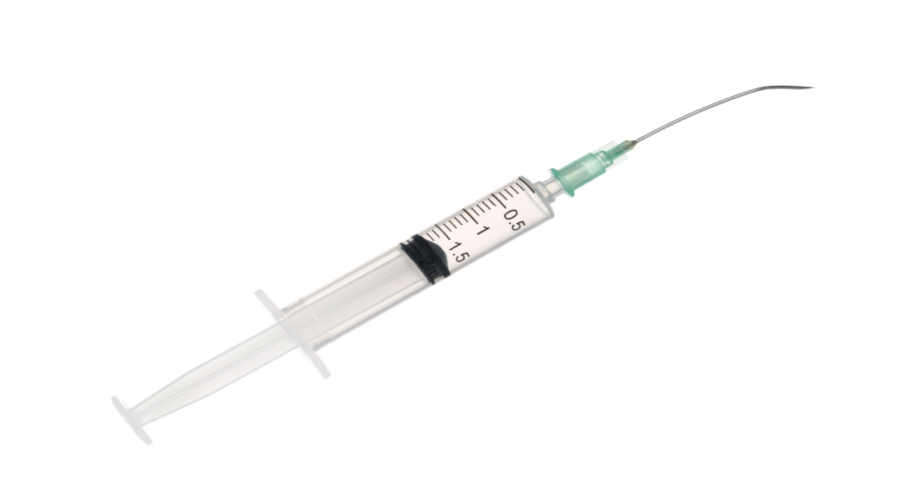Inside: Without a well thought-out plan and steps to reach your pharmacy’s goals, your marketing strategy can fall short, especially at a time when patients have a multitude of choices of where to fill their prescriptions.
To grow your pharmacy’s business, you need to get your name out there and ensure that prospective patients know what you have to offer. But posting intermittently to Facebook or taking out the occasional print ad in the newspaper won’t get you very far.
Patients have a lot of options for where to fill their prescriptions, so you need to create a well-organized, focused marketing plan that makes a strong case for your pharmacy.
Here’s what you need to know to create a marketing plan, execute the plan, and monitor its success to ultimately boost your bottom line.
1. Identify tour target market
In order to win over new patients through marketing, you have to know who those potential patients are. Where they live, how old they are, what their income is, and more.
You’ll have to do some research to determine the best marketing strategies. The more information you know about your target market, the more you will be able to refine your message and attract their attention.
Start with your current patients — once you figure out who’s already coming into your pharmacy, you can use that information to go after new patients with similar characteristics. If you have social media accounts for your pharmacy, you can turn to analytics pages to determine useful demographic information about your patients.
Once you’ve done the background work, create a profile of the person you want your marketing to appeal to. It might look something like this:
“Our target audience is 40 to 60 years old, lives in a rural area, and values convenience and competitive prices.”
The profile goes beyond demographic information and also includes the qualities your target market finds attractive.
2. Set clear objectives
Before you start your marketing campaign, you need to have a clear idea of what you want to accomplish with it.
Your goal could be gaining a certain number of new patients each month or increasing sales by a specific dollar amount.
It’s crucial that the goals you set are concrete and quantifiable. You need to be able to measure outcomes and tweak your strategy accordingly to improve performance.
A goal like, “Increase brand awareness in the community,” has good intentions behind it, but because it will be difficult for you to measure brand awareness, it’s not a goal to put your marketing money behind. A more concrete version of that goal would be, “Increase social media engagement by 50 percent.”
While you’re deciding on marketing objectives, keep in mind the concept of SMART goals. Any goal you set should be:
- Specific
- Measurable
- Achievable
- Realistic
- Timely
By having a goal with each of these characteristics, you’ll know what to focus on and increase the likelihood of actually achieving what you set out to do.
3. Decide on marketing channels
There are a lot of different ways to get your message out to consumers. You could pursue analog marketing options like:
- Radio
- Outdoor advertising
- Direct mail
- Print publications
- Booths at community events
Or, you can take your marketing online using strategies like:
- Search Engine Optimization (SEO)
- Paid social media posts
- Organic social media posts
- Display ads on web pages
- Email blasts and newsletters
Likely, you’ll use a mix of several different channels to market your pharmacy.
Write down how you’ll use each marketing channel as part of your marketing plan. Digital methods tend to be cheaper and a great way to attract younger patients, while analog marketing methods are more appealing to older generations.
When you’re using multiple marketing channels, it’s important to make sure you have a theme that unifies everything. Print ads should have the same look and feel as digital ads. You should also use similar language in messaging.
If a potential patient sees a slogan in a specific typeface on a purple background in the paper and then they open Facebook to see the same imagery and language, your pharmacy becomes more memorable.
4. Budget money and time
Your marketing plan should detail how you plan to stay organized and on budget. Make explicit how much you want to spend on your marketing campaign and allocate that money to your different marketing channels.
Remember that you will also have to pay staff for the time they spend working on the marketing campaign.
To make your marketing campaign as efficient as possible, develop a marketing calendar that details what steps you need to take to reach your goals.
Automating social media and e-newsletters can help you save time because you can create posts and newsletters in advance, and schedule them to post, tweet or distribute at a predetermined time. This means your patients will view your material at optimal times of the day for media consumption, while you create and schedule them when it’s most convenient for you.
If multiple members of your staff are going to be working on different aspects of your marketing plan, clearly define and schedule each person’s responsibilities so nothing falls between the cracks
5. Measure your success
Once your marketing campaign is in motion, don’t lose sight of your goals. Keep track of new patients or sales numbers if those were your objectives.
You can keep track of the success of your digital marketing with analytics tools. Facebook Insights and Twitter analytics show you how many people have engaged with your pharmacy’s page, and how those numbers have changed over time. Monitor the traffic to your pharmacy’s website with Google Analytics — the more effective your marketing campaign is, the more people should be heading to your website.
To get a sense of if your marketing strategy is making a difference overall, pay attention to metrics like return on investment (ROI). Your ROI is the amount of sales a campaign brings in per dollar spent. If you spend $2,000 dollars on your marketing campaign and generated $10,000 in sales, your ROI is $8,000. For every dollar spent, you brought in four new dollars.
And don’t forget to collect information first-hand from your patients. Asking new patients how they found your pharmacy is a great way to gain insight into which of your marketing strategies is helping patients discover your pharmacy.
A Member-Owned Company Serving Independent Pharmacies
PBA Health is dedicated to helping independent pharmacies reach their full potential on the buy-side of their business. Founded and owned by pharmacists, PBA Health serves independent pharmacies with group purchasing services, wholesaler contract negotiations, proprietary purchasing tools, and more.
An HDA member, PBA Health operates its own NABP-accredited secondary wholesaler with more than 6,000 SKUs, including brands, generics, narcotics CII-CV, cold-storage products, and over-the-counter (OTC) products — offering the lowest prices in the secondary market.












